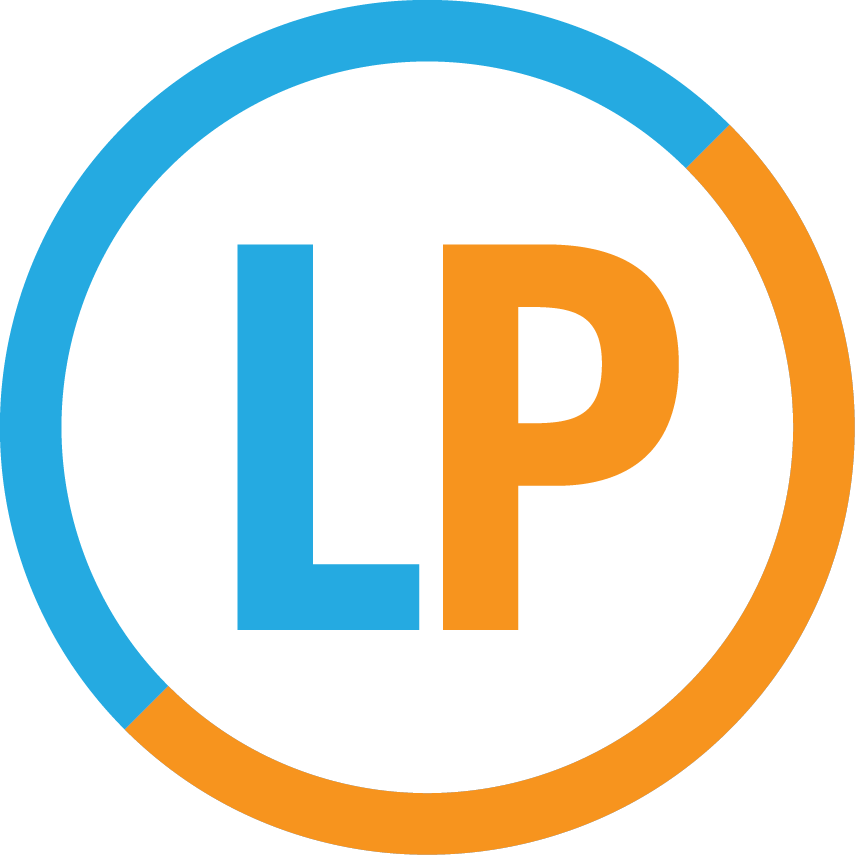Last week, I wrote a bit about the three core characteristics of a good college essay. I’ve worked with dozens of students at Logic Prep, and each of them has reaffirmed my belief that every single person has a unique, compelling story to tell in their personal statement. Today, I’ll break down how I work with my students to tell that story.
Step 1: Brainstorming
Our first few sessions are mostly for brainstorming, which is really just writing-speak for getting to know each other—exploring your memories and identities and hopes and interests and fears and quirks…you get the idea.
Even when students come prepared with great plans for an essay, I still like to push them to think about other parts of their life, and dig into ideas they may not have thought made sense for their personal statement. I promise this isn’t just because I’m curious about the reality of being a high schooler in 2022. It’s because the ideas that turn a good essay into a great essay can come from anywhere, and often from places you don’t expect.
For example: I once asked a student to share stories that her parents always tell about her, and she described her dramatic, childhood disappointment when the mark under her eye turned out to be a permanent birthmark instead of a “popped blood vessel” that her mom assured her would go away in a few weeks.
It seemed like a random anecdote at the time, but it became the hook for an excellent (and hilarious) essay about how this turned her into someone who carefully “manages expectations.”
Step 2: Outlining
There’s a reason that your English teachers are all so obsessed with essay outlines: they work.
Outlines are especially important for personal statements—you only have 650 words to tell your story, so it’s vital to plan how you’re going to incorporate your ideas within that limit. An outline serves as a roadmap for your essay.
Skeleton Outline
To start, we plan out the essay’s main “destinations,” or the skeleton.
For example: A student who is writing about the podcast they produce may create an outline like this:
Part 1: Hook: “Hello everyone! Welcome to another episode of Newsflash!”
Briefly explaining what your podcast is
Part 2: Introducing the source of your interest in podcasting
Love of sports-talk TV and radio
Part 3: How this interest evolved
2016 election sparked fascination with political news
Had to find news sources that actually explain topics in depth and help readers build an informed perspective
Part 4: How the lessons from your interest political media shape your podcasting
Started a current events podcast that helps teens digest political news
Started making a history podcast that helped AP History classmates digest class material
The best part of these “skeleton” outlines is that they make it easy to write in the nitty-gritty details of your essay—the details that show your story rather than tell it (remember that from Part 1?).
Final Outline
Let’s look at what Part 3 of this student’s outline might look like in a final outline.
Part 3: How this interest evolved
2016 election sparked fascination with political news
The ensuing circus-like atmosphere first caught my attention.
But slowly, I became intrigued by the substantive issues that animated both Republicans and Democrats.
Had to find news sources that actually explain topics in depth and help readers build an informed perspective
I refined my media diet, reducing my consumption of superficial anti-Trump media and replacing it with reading in-depth journalism from the New York Times and The Intercept.
I became less provoked by salacious Russia “bombshells” and increasingly drawn to think tanks like the People’s Policy Project, using free time to study policy analysis of Medicare For All and the Green New Deal.
Step 3: Writing
If you sit down and try to write an essay from scratch, you’re going to feel overwhelmed. But if you dig into your ideas and outline them well, writing the essay is actually the easiest part. Just follow your roadmap!
There will always be paragraphs that prove tricky to write, and it’s impossible not to overthink your style or word choice in what is likely the most important essay you’ve ever written.
But, if you follow this writing process, it turns those major issues into little bumps in the road—and I promise our Essay Coaches will make sure that journey is as smooth as possible.
Stay tuned for Part 3 of our Essay Writing Series, where I’ll discuss how essays help you build the narrative for your entire college application.




